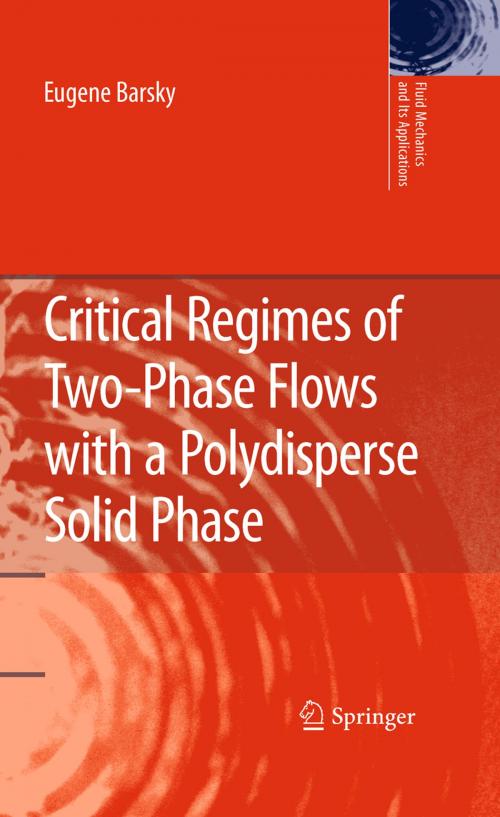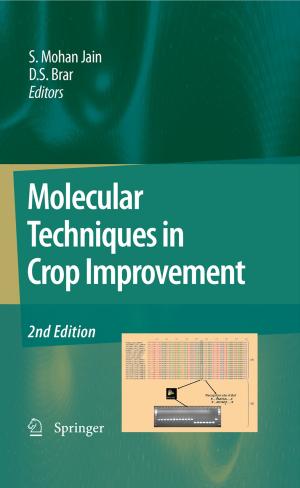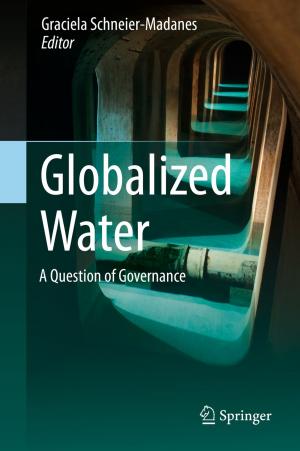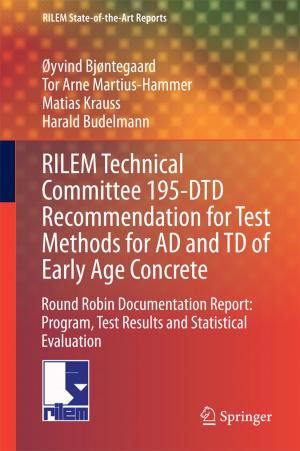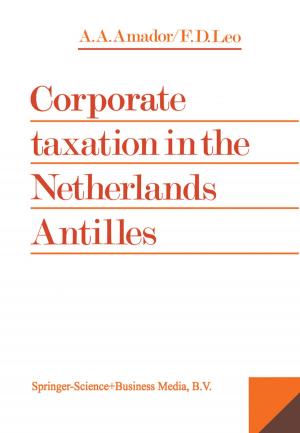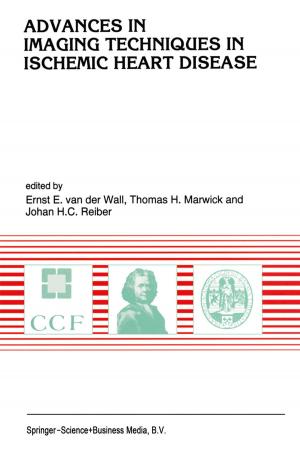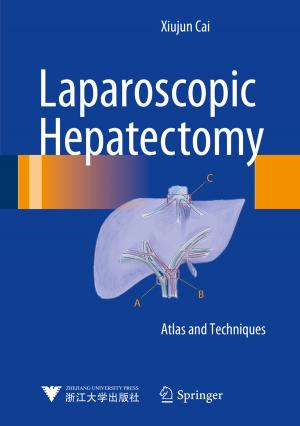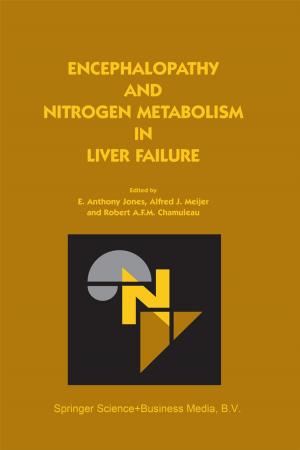Critical Regimes of Two-Phase Flows with a Polydisperse Solid Phase
Nonfiction, Science & Nature, Science, Physics, Mechanics, Technology, Engineering, Mechanical| Author: | Eugene Barsky | ISBN: | 9789048188383 |
| Publisher: | Springer Netherlands | Publication: | April 15, 2010 |
| Imprint: | Springer | Language: | English |
| Author: | Eugene Barsky |
| ISBN: | 9789048188383 |
| Publisher: | Springer Netherlands |
| Publication: | April 15, 2010 |
| Imprint: | Springer |
| Language: | English |
Critical regimes of two-phase flows with a polydisperse solid phase form the basis of such widespread industrial processes as separation of various powdery materials and minerals dressing. It is impossible to describe such complicated flows analytically. Therefore, this study concentrates on invariants experimentally revealed and theoretically grounded for such flows.
This approach can be compared with the situation in gases, where in order to determine principal parameters of their state, one does not need to measure the kinetic energy and velocity of each molecule and find its contribution to the temperature and pressure. These parameters are determined in a simple way for the system on the whole.
A novel conception of two-phase flows allowing the formulation of their statistical parameters is physically substantiated. On the basis of the invariants and these parameters, a comprehensive method of estimating and predicting mass transfer in such flows is developed.
It is noteworthy that the presented results are mostly phenomenological. Such an approach can be successfully extended to the separation of liquids, gases and isotopes.
The book is intended for students and specialists engaged in chemical technology, mineral dressing, ceramics, microelectronics, pharmacology, power generation, thermal engineering and other fields in which flows carrying solid particles are used in the technological process.
Critical regimes of two-phase flows with a polydisperse solid phase form the basis of such widespread industrial processes as separation of various powdery materials and minerals dressing. It is impossible to describe such complicated flows analytically. Therefore, this study concentrates on invariants experimentally revealed and theoretically grounded for such flows.
This approach can be compared with the situation in gases, where in order to determine principal parameters of their state, one does not need to measure the kinetic energy and velocity of each molecule and find its contribution to the temperature and pressure. These parameters are determined in a simple way for the system on the whole.
A novel conception of two-phase flows allowing the formulation of their statistical parameters is physically substantiated. On the basis of the invariants and these parameters, a comprehensive method of estimating and predicting mass transfer in such flows is developed.
It is noteworthy that the presented results are mostly phenomenological. Such an approach can be successfully extended to the separation of liquids, gases and isotopes.
The book is intended for students and specialists engaged in chemical technology, mineral dressing, ceramics, microelectronics, pharmacology, power generation, thermal engineering and other fields in which flows carrying solid particles are used in the technological process.
